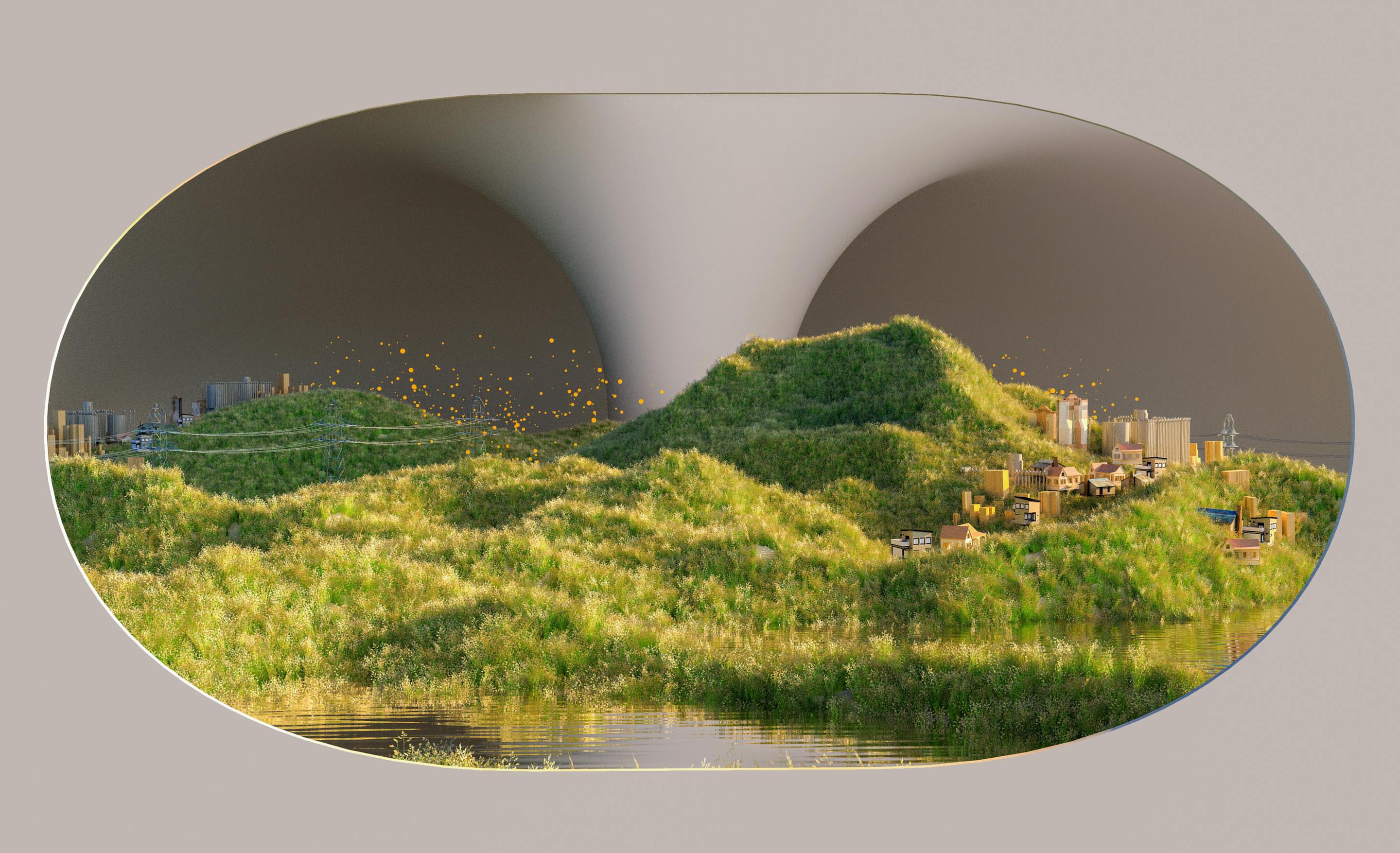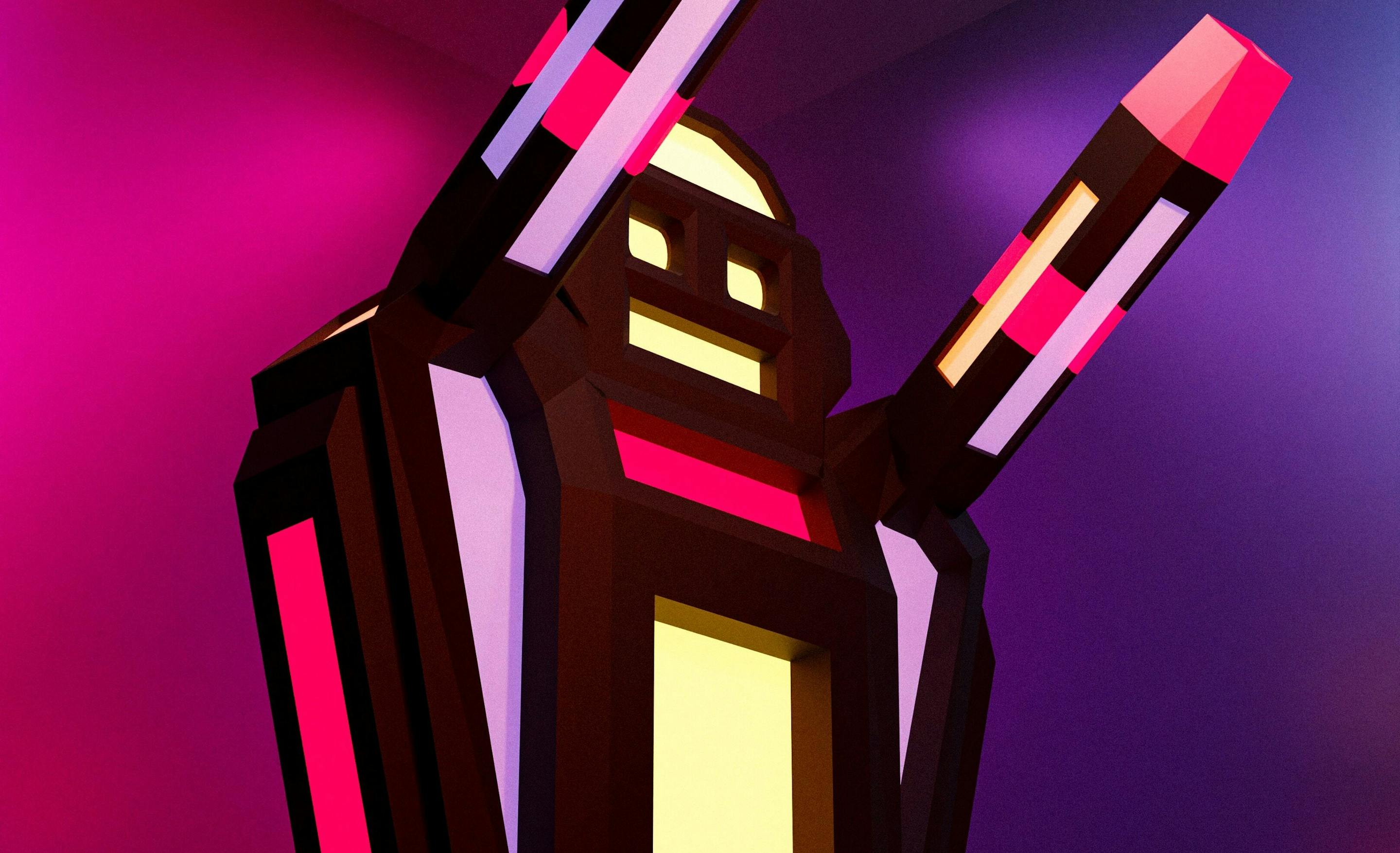Web3: Understanding the Foundation of the Decentralized Web
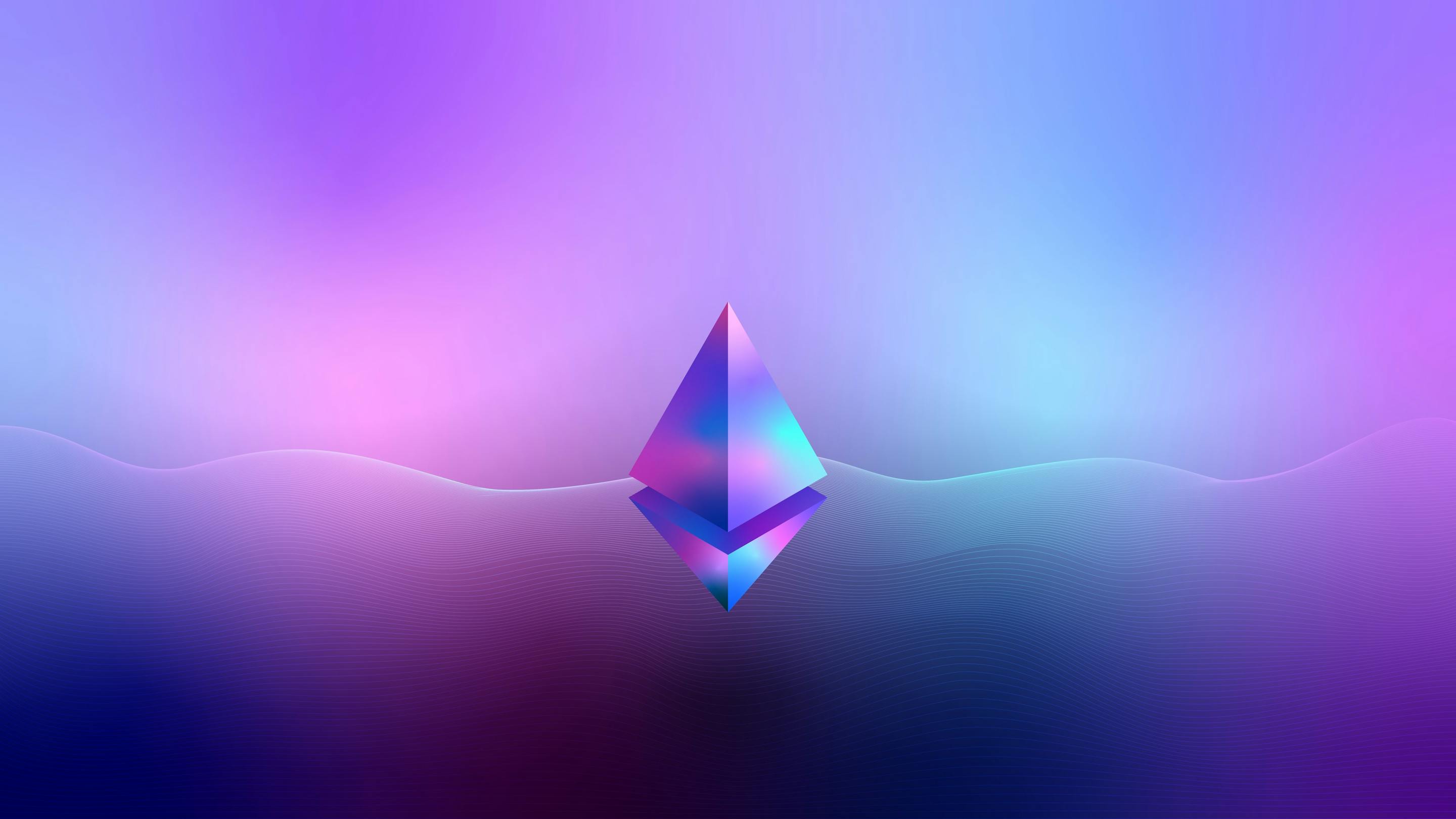
The Progression of the Web
Most people today can hardly conceive of life without the internet. The internet has revolutionized our daily lives from the work that is produced to the content that is consumed. It has become a global means of communication and information exchange. However, the web we are experiencing today is vastly different from what it was just 10 years ago.
The evolution of the web can be partitioned into three separate stages: Web1, Web2, and Web3. The changes and development in user capabilities are of particular significance, showcasing the security enhancements and the transfer of power. To better illustrate how the web has influenced the lives of society, it’s critical to understand what Web3 is and how the role of its predecessors spurred the need for change.
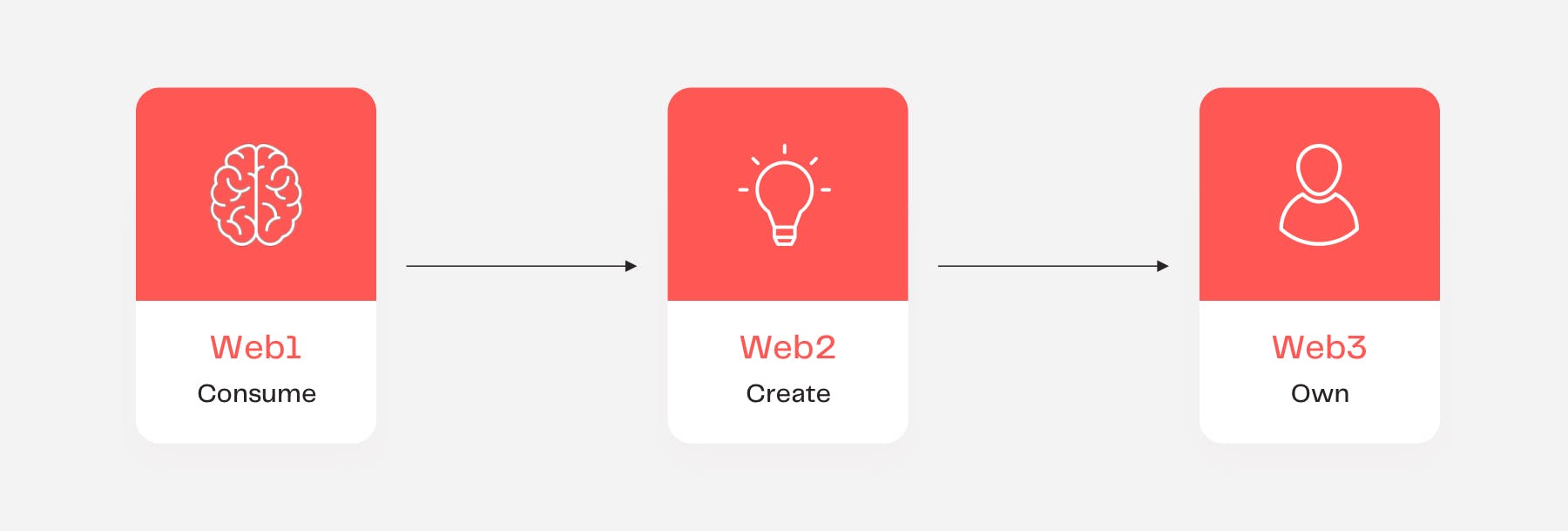
Web1 (1994-2004)
Web1 refers to the first stage of the World Wide Web evolution. Web1 is often referred to as the “read-only web”, meaning users simply search for information and read it. The early web was static, had limited functionality, and didn’t offer much in the way of user interaction or content generation.
At the time, this was what most website owners wanted — a simple way to make information about their product, service, or website available to anyone at any time. This version of the web has been likened to “brick-and-mortar thinking applied to the web” since most static pages were e-commerce websites. This led to the era of Web1 being dubbed as a consumer haven.
Web2 (2004-The Present)
Web2 refers to the version of the internet that most are familiar with today. It is considered the “read-write web” as it offers users a more interactive and collaborative experience when using the internet. While Web 2 is highly centralized, it refers to worldwide websites which are focused on user-generated content, usability, and interoperability for end users. With this version of the web, users have become the content creators themselves. In addition, Web2 consists of dynamic content that is responsive to user input.
However, Web2 is characterized by siloed databases, censorship, and ownership. Anyone that uses the internet services of Web2 — Facebook (AKA META), Twitter, YouTube, etc. — has no control over the content they create since the websites that host the content for them become the owners. This is coupled with the fact that users have to abide by the terms of service (ToS) of Web2 or else they will be unable to leverage their services. Websites can decide to change their ToS at any time which strongarms users into agreeing or cutting ties from the service — and often their own data.
Enter Web3 (2008-And Beyond)
The ambitious vision of a fairer and more transparent web — Web3 — dates back to around 2006, but the tools and technologies weren’t available for it to materialize back then. The power that was once held by major global behemoths (Google, Facebook, etc.), will be distributed back to the users with the advent of Web3. Users control their own data, identity, and destiny by interacting with the next evolution of the internet powered by blockchain technology and consensus protocols.
Web3 is the era of read, write, and own. The premise behind Web3 is the transition from today’s platform economy to the ownership economy where decentralization is the core feature.
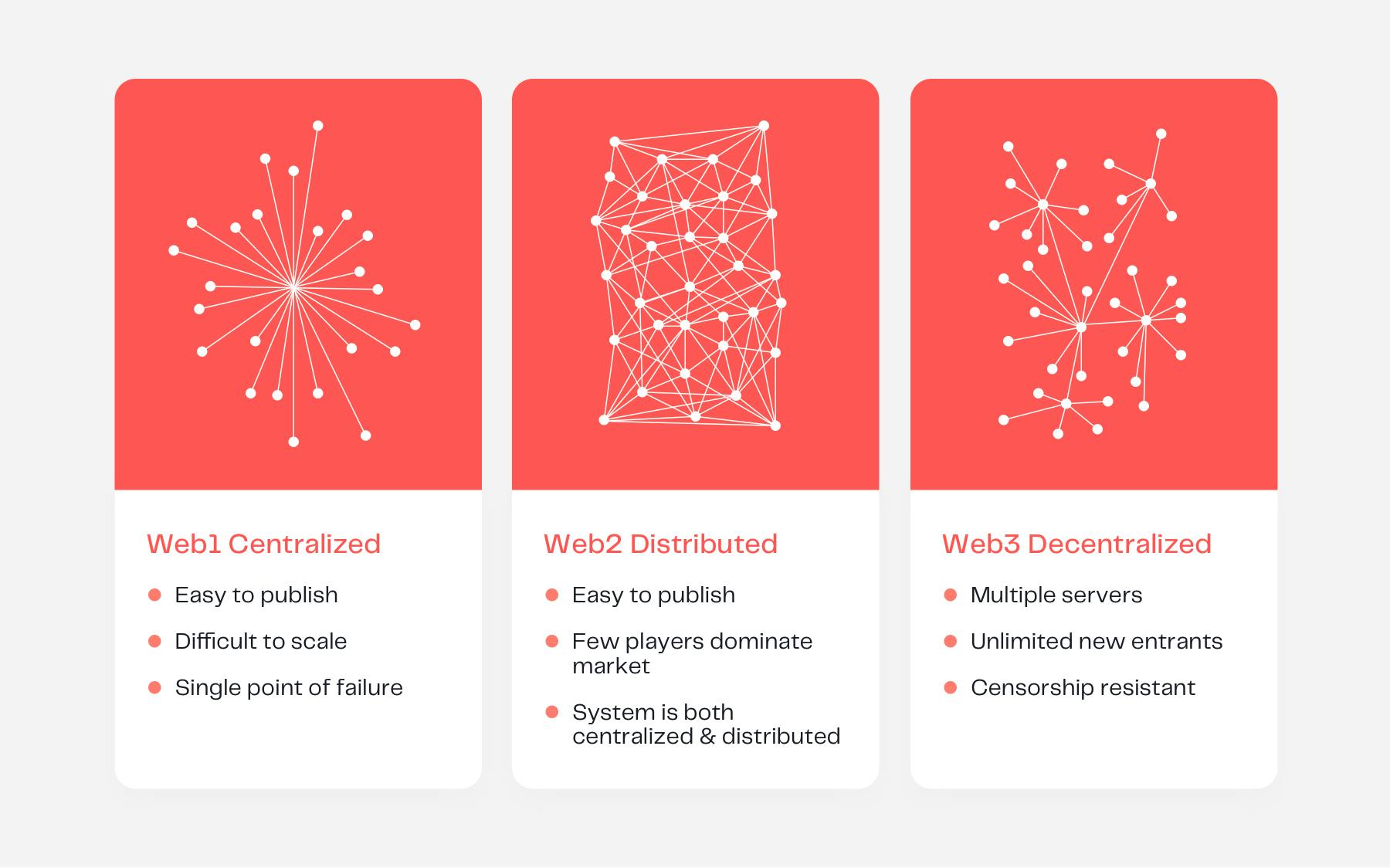
The Challenges of Web2 is Why Users Need Web3
Web3 refers to an internet that acts as the solution to the overlord power of big tech companies. In the past, these organizations have monopolized the internet, leaving no room for competitors to saturate the market. This is largely due to the fact that these organizations have the most money, the best talent, crucial resources, and the majority of computing power. As a result, the internet has been subjected to the winner-takes-all effect.
To put this into effect, in just 15 years, the number of internet users increased from 738 million in 2000 to 3.2 billion in 2015. As a result, an unprecedented amount of data was made available by users of the internet and big tech organizations profited from this valuable asset.
Under the notion that “information is money”, these organizations began mass stockpiling user data in centralized servers. Users’ identities, personal information, searches, and browsing habits are often sold and exchanged to the highest bidder. In the past, users sacrificed security for the convenience that these services presented. Until now.
The previous unsustainable digital distribution model of the internet is being questioned and users are seeking new ways to own and control their data. Web3 is more of a philosophical and political innovation in addition to its technological benefits. It can be defined as an open, trustless, and permissionless network that enables a future where distributed users and machines are able to interact with data, value, and other counterparties via peer-to-peer networks without the need for third parties.
Unlike Web2 which runs servers on multiple centralized servers, Web3 instead runs on blockchains, driven by peer-to-peer networks. Ultimately, Web3 is the direct response to the power imbalance imparted by Web2.
Exploring Web3
The shortcomings of today’s web have spurred rapid progress in the development of Web3 which is predominantly characterized by these features:
- No central point of control/trustless
- Verifiable
- Permissionless
- Ownership of data
- Interoperability
- Uninterrupted service
- Reduction in hacks and data breaches
- Natively built-in payments
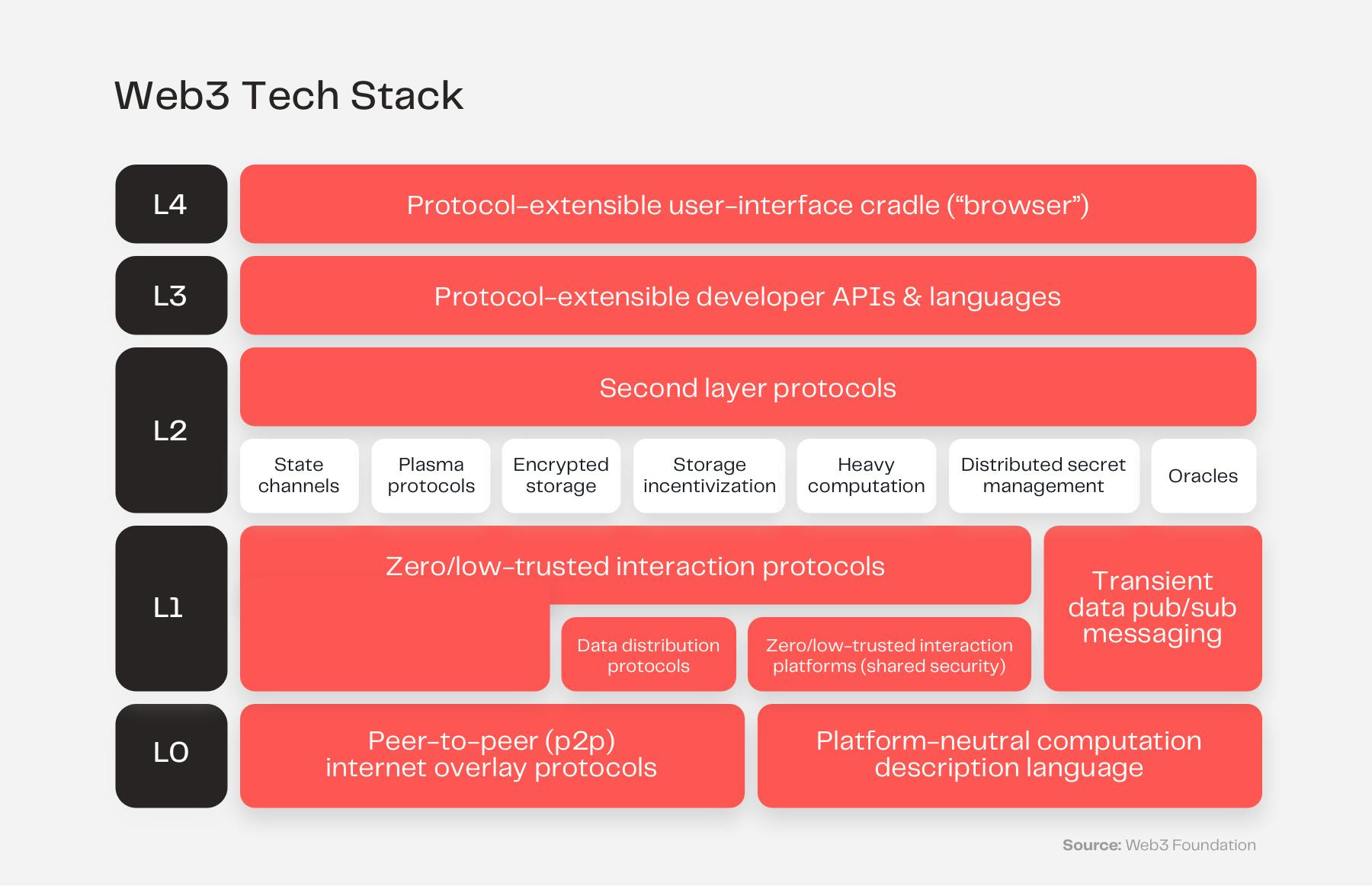
The Web3 technology stack can be divided into various components:
- Layer 0
- P2P internet overlay protocols
- Platform-neutral computation description language - Layer 1
- Data distribution protocols
- Low-trust interaction platforms
- Low-trust interaction protocols
- Transient data messaging - Layer 2
- Second layer protocols - Layer 3
- Protocol-extensible developer APIs and languages - Layer 4
- Protocol-extensible user-interface cradle
As with any new early-stage ideology and technology, limitations exist with Web3. These include scalability issues, UX as a hurdle to adoption, accessibility, and cost. In addition to the aforementioned tangible limitations, many people remain skeptical of the promise of Web3. Anyone already familiar with decentralized applications and the crypto community knows full well that it is imperative to do your own research before getting involved with any new program or initiative. In the case of Web3, the same applies.
Web3 Applications and Possibilities
On the flip side, many people are excited about the possibilities of Web3 and what this means for an internet that treats all users, data, and networks equally and because of its open-source nature, anyone can build upon this shared infrastructure. Web3 strives for a future where everyone can contribute value to the internet and be rewarded for it.
At its core, Web3 is an inclusive set of protocols to provide building blocks for application makers. These applications, referred to as dApps (decentralized applications), are most commonly built on decentralized peer-to-peer networks like Ethereum. Instead of being run by one or two dominating organizations, as was evident with Web2, these networks are built, operated, and maintained by their users. This means that they are self-organizing, lack a central point of failure, and are censorship-resistant.
Products and services that are “Web3 compatible” will be able to interact with smart contracts on different blockchains. In an effort to promote the Web3 movement, there are a number of organizations in existence that nurture the research and development of decentralized web software protocols such as the Web3 Foundation.
However, for the average user getting started with Web3 may seem like a daunting process. Ultimately, everyone will explore and enter the Web3 ecosystem in their own way. Cryptocurrency is considered the gateway to Web3. In addition, non-fungible tokens (NFTs) — a kind of digital collectible whose ownership is recorded on a blockchain — and the metaverse — a fully-realized digital world that exists beyond the one in which we live — are also considered as onramps to Web3 adoption.
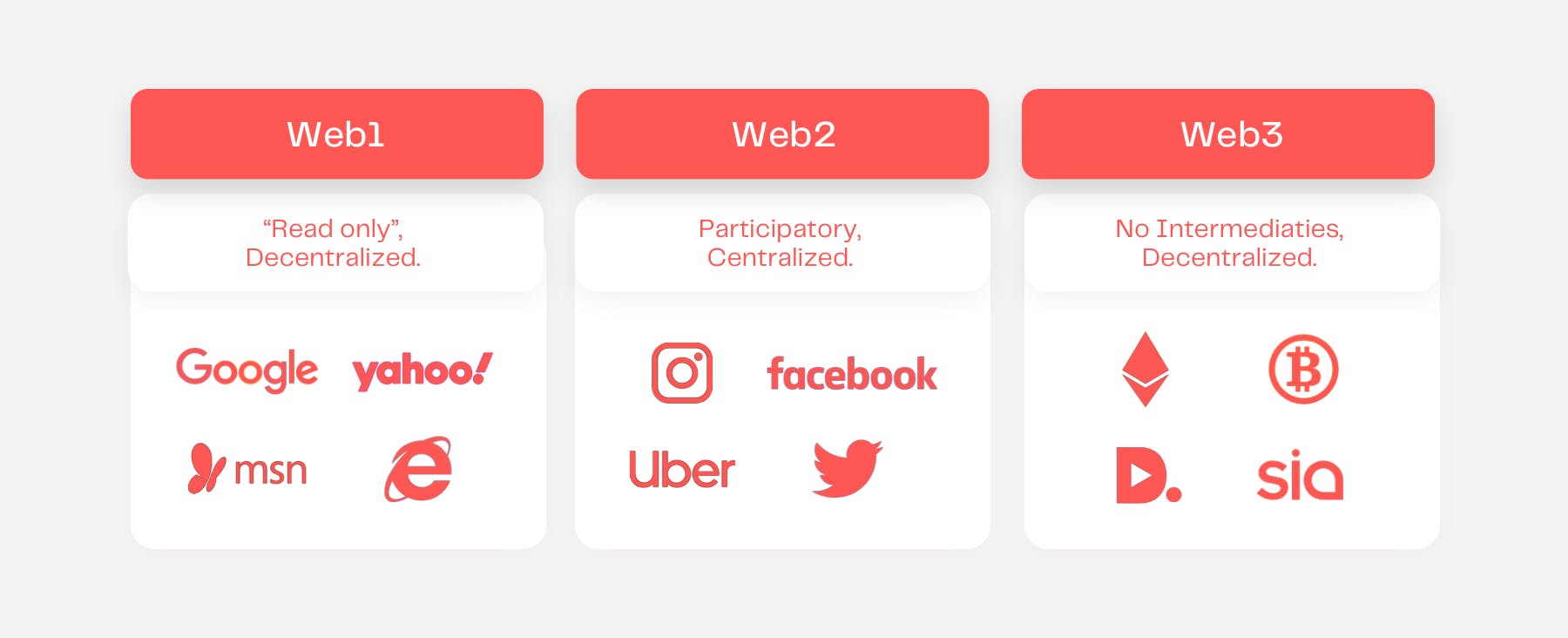
Building Towards a Decentralized Future
Web3 aims to fix the issues that have long persisted in both Web1 and Web2 by creating a decentralized internet that is accessible to everyone while respecting users’ privacy and anonymity.
While Web2 centered around organizations extracting value from users, Web3 focuses on building communities that create value for the people themselves. In fact, building communities and global collectives are especially important for emerging businesses that can leverage the infrastructure of Web3 to reimagine operational models and products that are open, collaborative, and collective.
As the Web3 space advances, there will be an increase in the number of decentralized autonomous organizations (DAOs) being established. Progress toward Web3 will be a series of ideas that grow together until centralized institutions like Facebook and Google disassemble by legislation until unregulated DAOs grow to replace them. Essentially, a DAO is a community-led entity that has no central authority since it is fully autonomous and smart contracts lay the foundational rules and execute them.
In the budding Web3 ecosystem, cryptocurrencies, NFTs, the metaverse, and DAOs will be the primary way that individuals coordinate on the decentralized web to achieve desired and meaningful outcomes.

